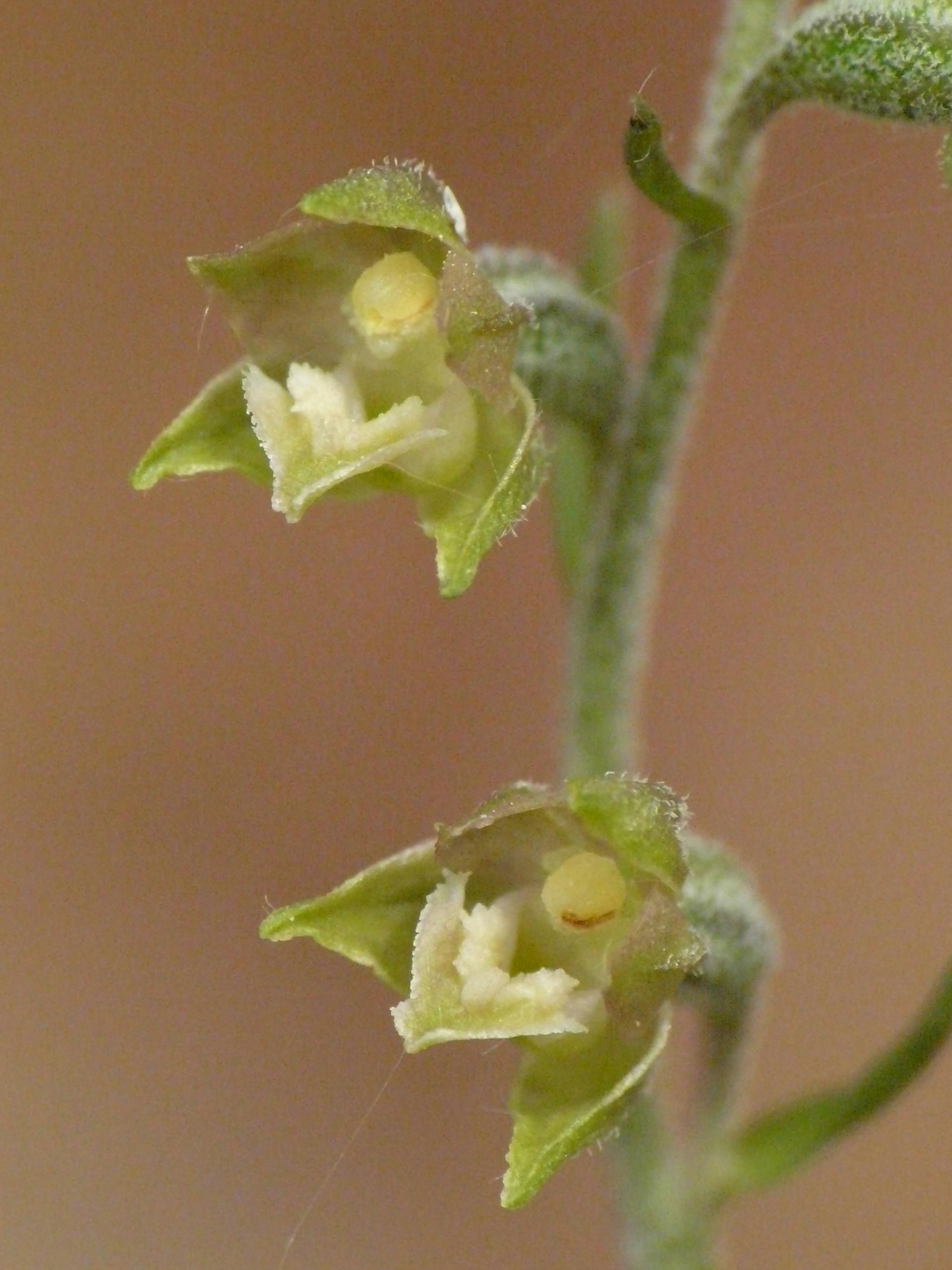Orchidea – Genere Epipactis
The generic name probably originates from the Greek term epipactis, which was used generically by Theophrastus (4th cent. BC) and Dioscorides (1st cent. AD), and then reused in 1757 by the botanist J.G. Zinn for the genus Epipactis.
It can be considered a Eurasian genus, with the presence of few exceptions in North America and Central Africa.
The species belonging to this genus are characterised by a root system consisting of several small and fleshy roots, which may give life to simple plants or tufts of different types. This allows to protect the plant from predation by wild boars that burrow into the ground to eat the younger bulbs. Unfortunately, this species is also very attractive to deer, which are decimating it by eating the aerial part of the plant.
The leaves are distributed along the stem, while the flowers are pendulous.
In the flower, the median petal (labellum) is divided in two parts, the hypochile, which is hollow and contains nectar, and the epichile, heart-shaped and more or less elongated.
Pollination may occur by means of insects, which are attracted by nectar, or through self-pollination. Non-self-pollinating species also make use of this system in adverse weather conditions and even during advanced flowering.
Epipactis microphylla is present in the Boboli Gardens.
Epipactis microphylla
The specific name comes from the Greek mikros = small and phyllon = leaf, which refers to the small size of the leaves.
In Italy, it is present throughout the territory with the exception of Valle d'Aosta, even though it is not a common species.
This frail-looking plant is 15 to 45 cm high, with greyish green stem, purplish at the bottom, and covered with bloom almost down to the base. The leaves may range from 3 to 9, are small, and of the same colour of the stem. The flowers are small, generally not very open, ranging between 4 and 30 in number. They release a slightly spicy fragrance. The labellum is shorter than sepals and petals, greenish in colour, at times suffused with pink, with a wavy-edged epichile and conspicuous rippling at the base.
Fertilisation happens by means of insects, but the plant can self-fertilise, sometimes even without opening the flower.
A predominantly undergrowth species, it flowers from May to July.
In Boboli, it can be found in the groves and on the edge of the paths along the Viottolone.
Orchidee d’Italia: Guida alle Orchidee spontanee. GIROS, Gruppo italiano per la ricerca sulle orchidee spontanee, Cornaredo 2025, pp. 390; Le orchidee spontanee del Cansiglio, in “I Quaderni del Cansiglio”, 2009, pp. 54-55.
